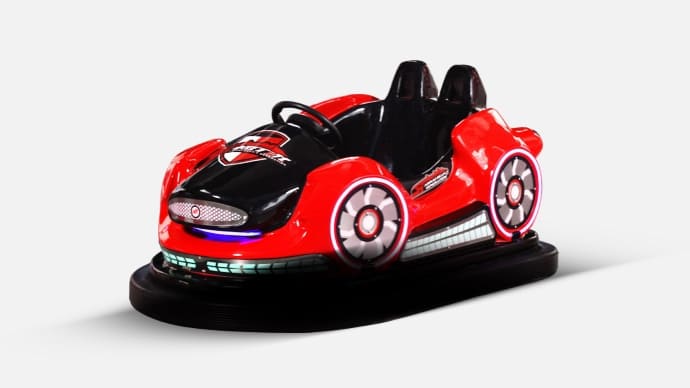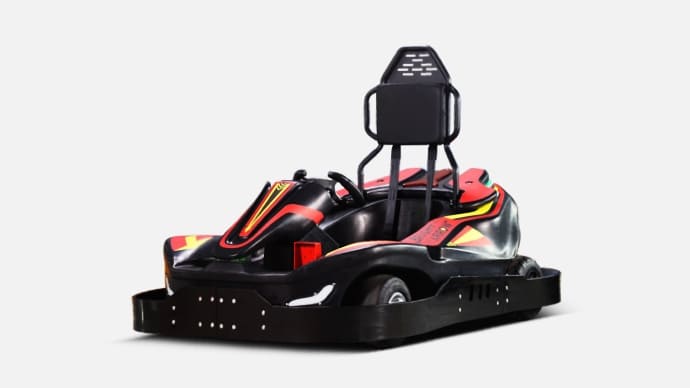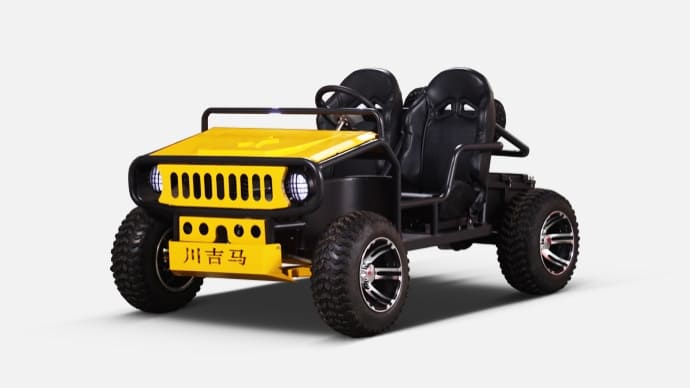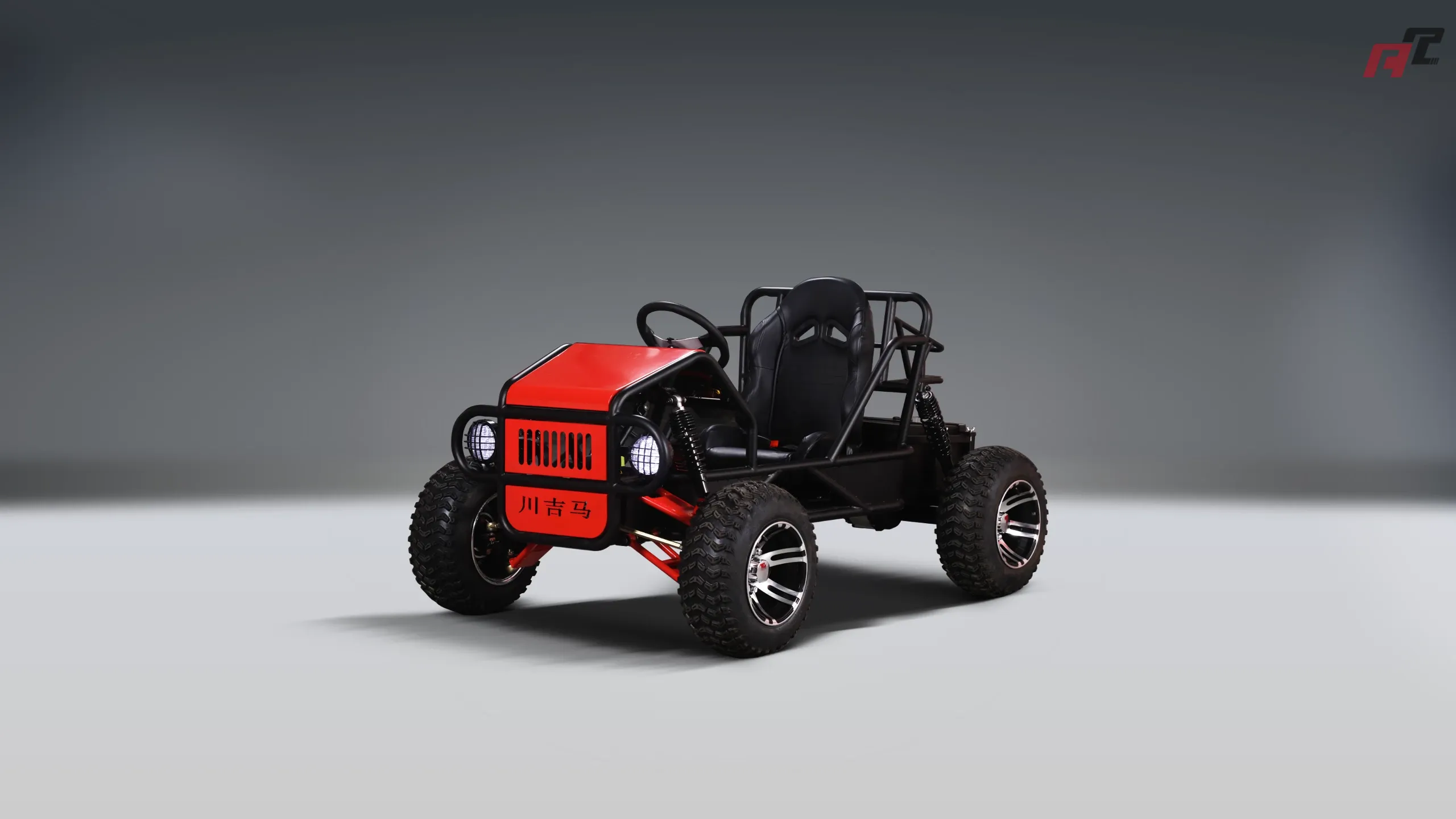where were bumper cars invented | ANCHI Guide
Explore the surprising origins of bumper cars, from their electric beginnings to becoming a beloved carnival ride. Get the answers to your top questions about bumper car history and technology. ANCHI
The Electrifying History of Bumper Cars: Answering Your Top Questions
Bumper cars, a staple of amusement parks and carnivals worldwide, offer a thrilling and slightly chaotic experience. But where did these electrifying vehicles come from? Let's dive into the history and answer the most frequently asked questions about bumper cars.
Where were bumper cars invented?
While various inventors contributed to the development of the bumper car, the first commercially successful and widely recognized bumper cars were introduced in 1920 in Dayton, Ohio, by the Lusse Brothers. Their version, initially called Dodgem, quickly gained popularity, setting the stage for the bumper car craze.
Who invented the bumper car?
The invention of the bumper car isn't attributed to a single individual. The Lusse Brothers are credited with the first successful and marketable design. However, earlier experiments with electric vehicles bumping into each other existed before their invention. They refined the technology and created a user-friendly and entertaining experience.
What was the original purpose of bumper cars?
Initially, bumper cars were simply designed to be a fun and exciting amusement park attraction. The appeal lay in the thrill of controlled collisions and the freedom to navigate a crowded space with minimal consequences. Over time, bumper cars evolved into a symbol of amusement parks and a nostalgic experience for many.
How do bumper cars work?
Bumper cars typically operate on a large, rectangular or oval track with a metal floor and a grid-like metal ceiling. Power is supplied through these two surfaces. Each car has a long pole that extends upward and touches the ceiling grid, completing an electrical circuit. This circuit powers the car's electric motor, allowing it to move. The rubber bumper surrounding the car protects it and passengers during collisions.
Are bumper cars safe?
Bumper cars are designed with safety in mind, but accidents can happen. Manufacturers and operators follow safety guidelines to minimize risks. Cars are speed-limited, and the rubber bumpers provide cushioning during impacts. Passengers are typically advised to wear seatbelts or lap restraints. However, riders should still be aware of their surroundings and avoid intentionally aggressive behavior to ensure a safe and enjoyable experience.














